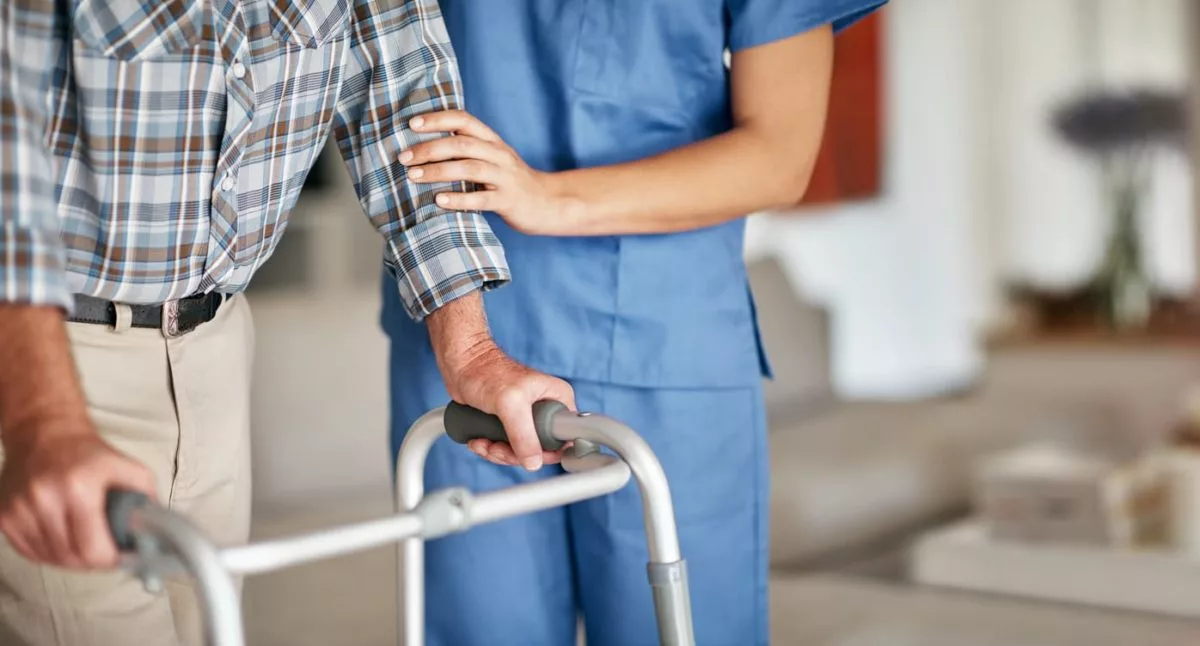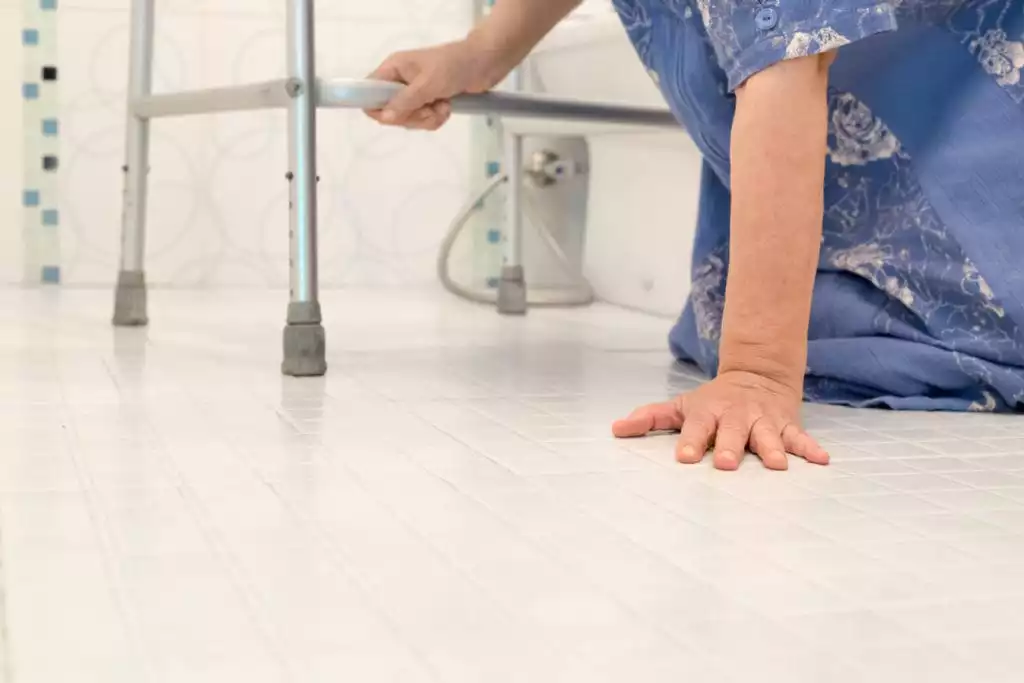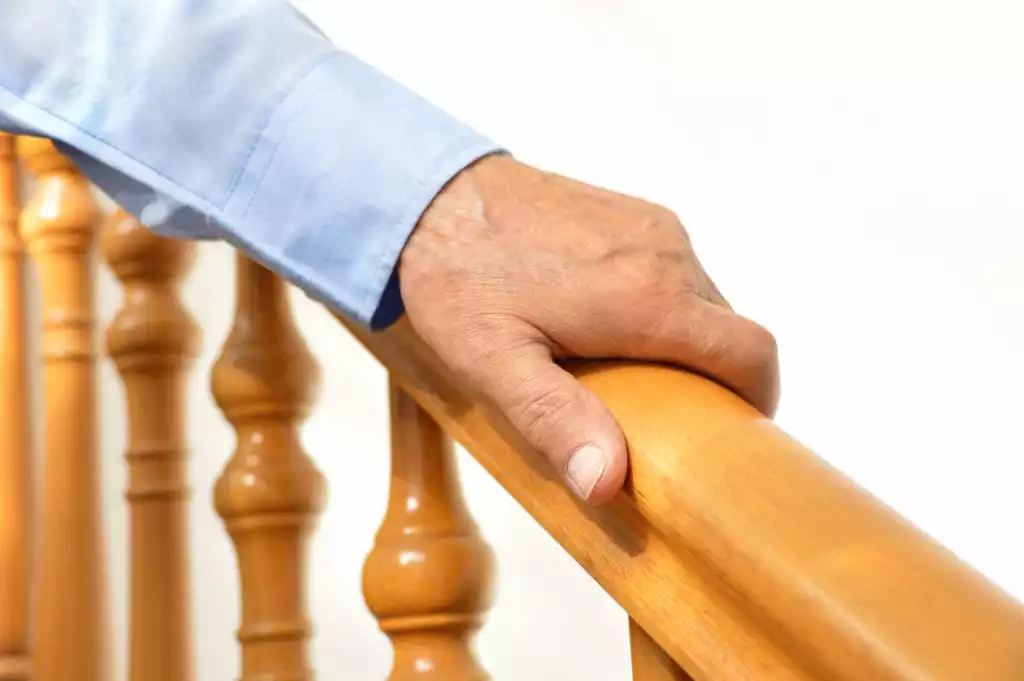
Whether you’re a senior or a caregiver living with a senior, the safety of your home is paramount to your health, happiness, and everyday life. That’s why many of us take measures to keep our homes safe, like installing security systems and automatic timed lights to prevent break-ins and robberies. While these actions do make a difference, they don’t address what research tells us is the most dangerous factor of all: your home itself. Because of this, it’s important that you consider these home safety tips to protect yourself or your loved ones.
The Statistics
For seniors, the risk of being faced with a break-in is much less than the risk of a slip, fall, or accident in the home. Nearly all seniors over the age of 65 who live at home fall at least once a year; 47 percent of people who fall aren’t able to get up unassisted. Nearly 18,000 Americans die as a result of home falls or injuries every single year. Luckily, these home safety tips can help to protect you from such injuries and harm.
According to home security service ShieldMySenior, “1.4 million seniors, age 65 or older, are treated in emergency rooms for injuries related to consumer products each year.” This includes accidental poisonings, chemical burns, slips, falls, fires, and other issues that step from a low-accessibility home environment. When seniors experience falls or accidents, they are highly likely to suffer greater injury or even death compared to younger, healthier individuals.
Unfortunately, these statistics often lead caregivers (or even seniors themselves) to believe they aren’t capable of staying in the home. Worse yet, some seniors may simply stop engaging in important daily care routines, like bathing or showering, out of fear. Loved ones perceive this as a lack of being able to care for themselves, when sometimes, it’s only proof the home needs to be adjusted to better meet the senior’s needs.
In the rest of this blog, you’ll find helpful home safety tips to aid you in making your home safer, more accessible, and more friendly to the senior living lifestyle. From preventing slippery floors to creating comfort, your local pharmacy can help you implement these solutions and find the right tools for independent living.
Bathroom Safety
The first of home safety tips is to consider bathroom safety. The American Association of Retired Persons (AARP) and the Center for Disease Control (CDC) both report that the bathroom is the most dangerous room in the home, especially for seniors. Because floors tend to be smooth and occasionally wet, the risk for slips and falls is much higher. Slippery surfaces, low toilets, and difficult-to-climb-over bathtub walls can also pose serious risks.
To ameliorate some of these concerns, focus on each problem individually. There are many different bath safety supplies to aid you creating a safe home and bathroom. Use waterproof textured bath mats on the floors to provide more traction. Install a walk-in bathtub and/or shower, or at least use a textured liner mat inside to reduce slips.
If you or your loved one has difficulty climbing over the side of the bathtub, and you can’t install a walk-in tub, try a bath transfer seat or a bath lift. These devices allow you to sit before you get in and slowly transfer yourself over the bathtub wall. Once inside, the bather can remain seated securely.
If the issue is stability or mobility, handheld shower heads may help. These allow seniors to shower without standing, cutting the risk of dizziness or falls. If arm strength is an issue, the device can be anchored lower on the wall to accommodate a bath seat instead.
For issues with sitting comfortably on toilets, a toilet riser eliminates concerns without demanding a new toilet installation. It sits comfortably on the current seat, where it reduces the amount of space as the senior sits down.
Kitchen Safety
The kitchen is the second-most common place for injuries in the home. It’s important to understand these home safety tips for the kitchen as well. Knives, home cooking tools, and spills can create risks for cuts, bruises, and even slips or falls. Burns and chemical cleaner injuries may also be a concern for some seniors.
Many of the same strategies used in the bathroom can aid you or your senior loved one to stay safe in the kitchen. Use textured, machine-washable floor mats along areas where slippery home floors or spills may happen. Keep a pair of indoor shoes on throughout the day to stabilize footing while cooking.
For cleaners, keep them in easy-use, disability-friendly spray bottles or containers with clearly marked, large-print labels. Never put cleaners in old food containers or unmarked packages someone may mistake the cleaning solution for something else.
If cleaning is an issue due to arthritis or other concerns, use disability-friendly cleaning products like extra-long mops, brooms, and lightweight vacuums. Seniors who can quickly clean up a spill without getting down on their hands and knees are less likely to experience a fall.
Cuts & Bruises
The risk of cuts and bruises is much higher if seniors have issues with upper or lower arm stability and strength. Automatic choppers, mobility-friendly food choppers and graters, and automatic can openers will make cooking safer. Slip-resistant cups, plates, and cutlery (rubberized handles help) are also a wise choice.
Don’t forget the risk of falls and injuries from stretching, reaching, or attempting to bend down to access cupboards. Keep the most commonly-used items at arm’s reach; utilize close closets or upright stand-alone cupboards for other items. Use a sturdy step stool for anything up high.
For kitchen garbage and compost, keep a small trolley close to the kitchen. The senior can handle daily tasks like taking out the garbage much more safely if they don’t need to carry it personally.
Bedroom Safety
The bedroom is your senior’s sanctuary. It’s where they sleep, relax, and can feel comfortable in their own skin. Because of this, it’s incredibly important that it’s always safe and comfortable. While bedrooms are generally lower risk than other rooms, there are still important concerns to address, like slippery hardwood floors, too-high or too-low beds, and poor lighting when waking up at night.
Address slippery hardwood floors with rubber-backed mats. Run them along the usual path the senior would take when getting out of bed to exit the room. This may include along the bed, towards the door, and into the hall slightly. If you use carpet or floor mats, be sure they’re secured down well with no bubbling or lifting.
Adjustable beds can be a real boon for seniors who struggle with getting in and out of bed due to mobility issues. While they are more expensive than standard mattresses, the convenience and safety measures they provide cannot be overstated. They also make sleeping more comfortable for seniors with chronic pain, arthritis, and other uncomfortable conditions. Support rails are another option to keep your loved ones safe in the bedroom. These rails help to prevent accidental falls.
Lighting should produce a cozy ambiance, but must be bright enough to prevent accidents from walking into furniture or tripping over items and pets. A bright lamp placed on a nightstand beside the bed is a good start, but don’t forget about the rest of the room.
Whole Home Safety Tips
For the rest of your home, focus on these overall home safety tips. Keep floors even and entryways free from risers or sections that may cause trips and falls. Install guard rails where necessary to provide security, especially if the senior has fallen once already.
Lighting is also critical to safety in every room and every hall. Clapper devices and remote lighting will allow the senior to turn the lights on and off from anywhere in the room. Likewise, using remote controls for other electronics lends the same benefit.
Seniors who use mobility aids have special safety concerns in the home. Entryways, carpets, mats, and textured floors can all increase the risk for slips and falls. High surfaces and wide counters or tables lead to reaching from the chair or walker, which may increase the risk for a fall. Use these home safety tips to evaluate your entire home with the senior’s input and feedback to make these areas easier to use and enjoy.

 info@burtsrx.com
info@burtsrx.com

